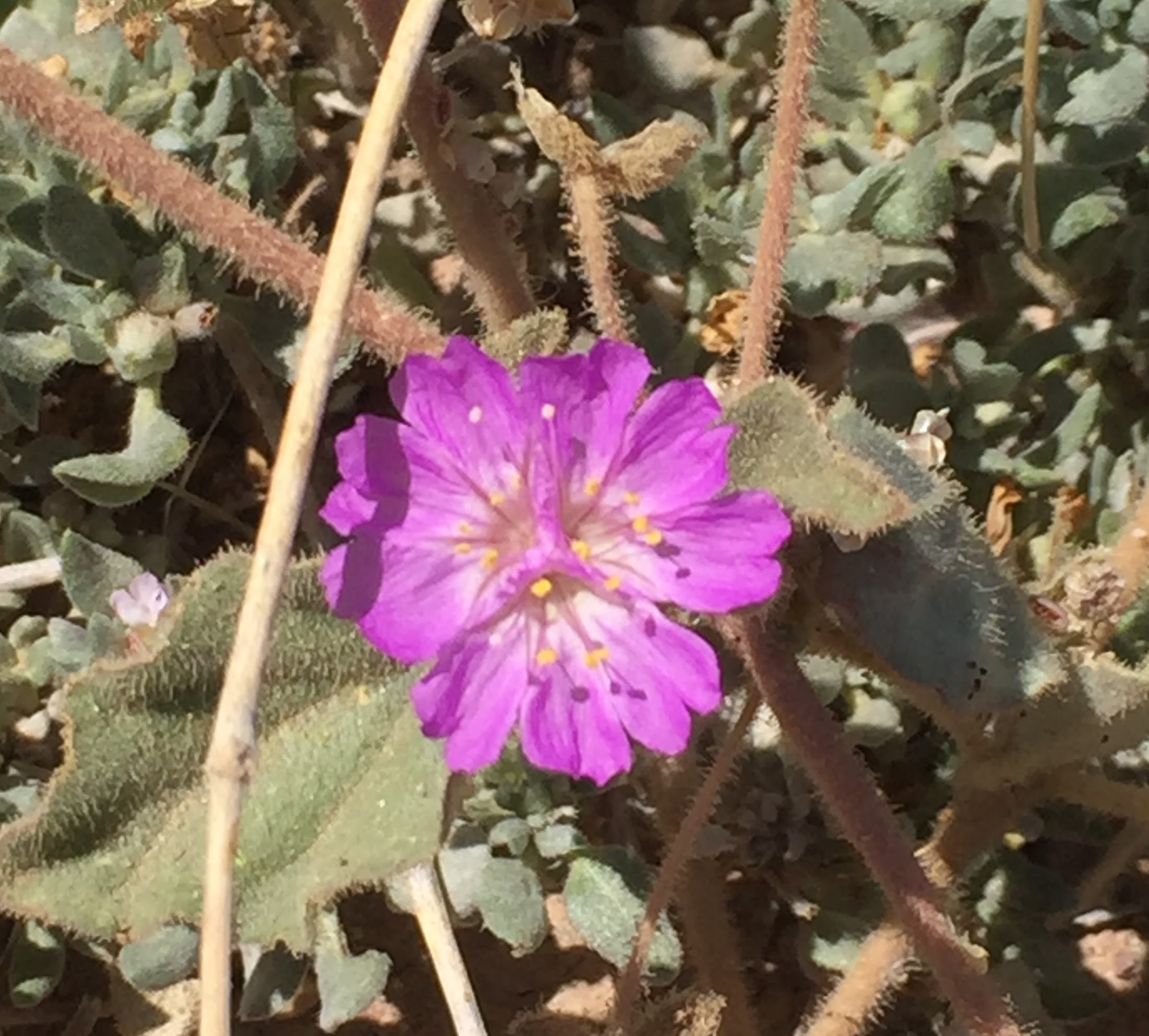Aggregate enantiostyly: Floral visitor interactions with a previously unreported form of floral display
DOI:
https://doi.org/10.26786/1920-7603(2018)sevenAbstract
Floral herkogamy, or the spatial separation of reproductive structures, plays an important role in the evolution of plant mating systems. One form of herkogamy is enantiostyly, or the alternate presentation of stigmas to the left and right of the floral axis. Theoretically, enantiostyly increases outcrossing rate by promoting reciprocal pollen deposition and export, but empirical evidence of this is lacking. Understanding how pollinators interact with enantiostylous flowers will illuminate the mechanisms by which enantiostyly encourages outcross pollination. We quantified style deployment within and among plants, of Allionia incarnata L. (Nyctaginaceae), a species with a new kind of enantiostyly we call “aggregate enantiostyly”. A. incarnata is the first species known to have “compound blossoms”, with different flowers each containing a left- or right-handed style. We quantify the autonomous selfing rate and describe floral visitor interactions with this unique floral structure. We found equal frequency of left- and right-handed blossoms within and among plants. Common floral visitors, Hemiargus ceraunus and Halictus sp., interacted with either anthers or stigmas, but not both, indicating effective outcrossing at the flower level. Outcrossing produced more fruits than selfing. The order in which floral visitors interacted with reproductive structures indicates that enantiostyly may increase pollen export. However, we did not find evidence that enantiostyly affected pollen deposition. Our study provides an intriguing first look at the reproductive ecology of a species with a new unique form of herkogamy, and provides evidence on the adaptive significance of enantiostyly.

Downloads
Published
How to Cite
Issue
Section
License
Copyright (c) 2018 Sarah Kelley Richman, D Lawrence Venable

This work is licensed under a Creative Commons Attribution 4.0 International License.
JPE is an open access journal which means that all content is freely available without charge to the user or his/her institution.
Authors who publish with this journal agree to the following terms:
1) Authors retain copyright and grant the journal right of first publication with the work simultaneously licensed under a Creative Commons Attribution License that allows others to share the work with an acknowledgement of the work's authorship and initial publication in this journal.
2) Authors are able to enter into separate, additional contractual arrangements for the non-exclusive distribution of the journal's published version of the work (e.g., post it to an institutional repository or publish it in a book), with an acknowledgement of its initial publication in this journal.
3) Authors are permitted and encouraged to post their work online (e.g., in institutional repositories or on their website) prior to and during the submission process, as it can lead to productive exchanges, as well as earlier and greater citation of published work (See The Effect of Open Access).
To assure a broader targeted audience, content will be included into databases (such as EBSCO) and directories (such as DOAJ).











